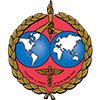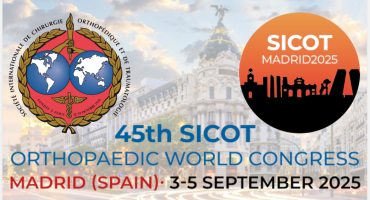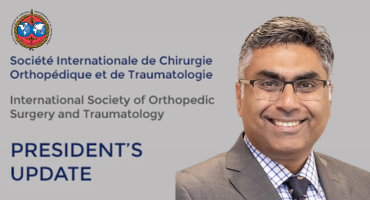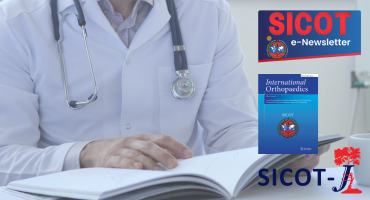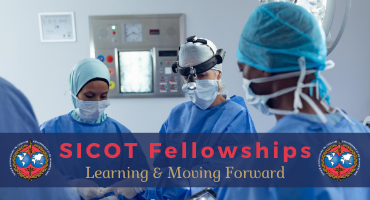Comparative study of outcomes with total knee arthroplasty: medial pivot prosthesis vs posterior stabilized implant. Prospective randomized control
Int Orthop. 2025 Feb 3. doi: 10.1007/s00264-025-06420-8. Online ahead of print.
ABSTRACT
PURPOSE: Total knee arthroplasty (TKA) is an effective procedure for pain relief and restoration of function in patients with symptomatic end-stage knee arthritis. Kinematic problems due to conventional implant design have been postulated. The objective of this study is to determine if there was any difference in postoperative ROM and outcomes between patients undergoing MP-TKA vs PS-TKA.
METHODS: We prospectively colected the records of 600 consecutive patients with TKA performed by six senior orthopaedic surgeons between 2017 - 2021. We compared the ROM and patient-reported outcomes (Western Ontario McMaster Osteoarthritis Index WOMAC, Oxford Knee Score OKS, Knee Society Score KSS, Forgotten Joint Score FJS) between MP TKA and PS TKA.
RESULTS: There were no specific criteria for implant selection as the two groups were consecutive cohorts of patients and implant selection depended on surgeon preference. Demographics, comorbidities, diagnosis and severity of osteoarthritis were similar between MP and PS groups. The trend for OKS in our study is the same in both groups, but with higher mean values in the MP group. The trend of WOMAC pain, stiffness and disability score is the same in both groups, but with higher mean values in the PS group at one year and two years. KSS clinical and functional score is the same in both groups, but with higher mean values in the MP group. The most important score is forgetten joint score which is favourable for the MP group.
CONCLUSION: The patients who underwent the MP-TKA scored better than those who underwent the PS-TKA, particularly regarding deep knee flexion and stability of the prosthesis. This may be related to better replication of natural knee kinematics with MP-TKA.
PMID:39899081 | DOI:10.1007/s00264-025-06420-8
